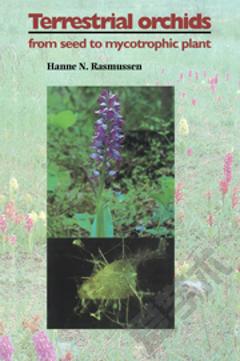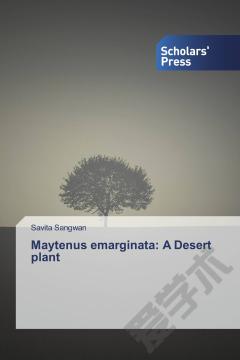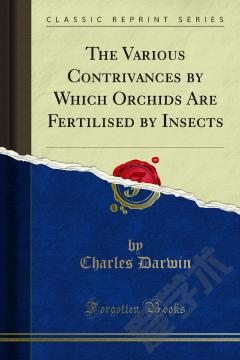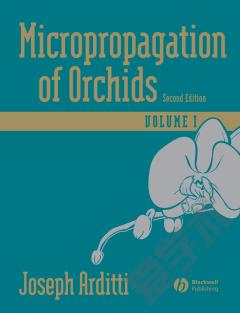Terrestrial Orchids: From Seed to Mycotrophic Plant
Terrestrial orchids have great appeal, but unfortunately they rank among the most vulnerable of all plant species, and little is known about how they reproduce in nature. This book contains a detailed survey of the biology of terrestrial orchids, from seed dispersal to establishment and life of the adult plant, based on comparisons of field and culture experiments. The unusual mode of obtaining energy by means of mycorrhiza is examined and evaluated in terms of plant structure and function and the impact of this mycotrophic nutrition on orchid evolution. The book makes it clear that an understanding of germination, life histories and seasonal phenology in natural habitats is essential for success of culture methods, propagation and conservation. The final chapter is a systematic presentation of the life history, endophytes and propagation of thirty-six genera of terrestrial orchids. Environmental plant physiologists will find this a stimulating book; for all those who are involved in orchid horticulture the book is indispensable.
{{comment.content}}








 京公网安备 11010802027623号
京公网安备 11010802027623号